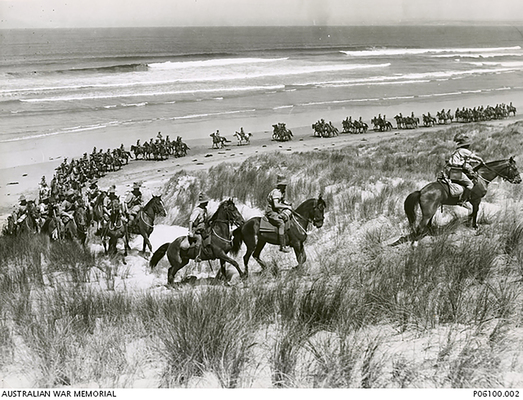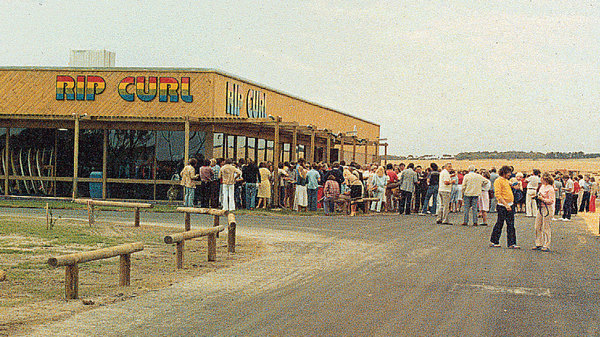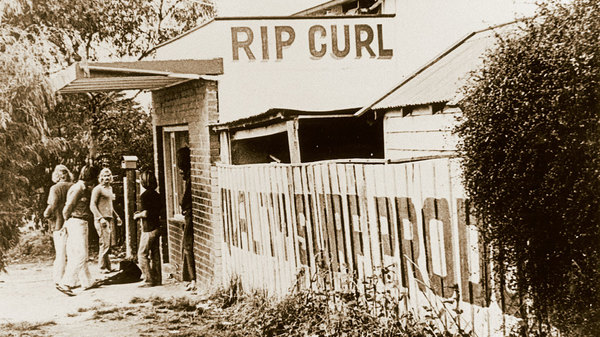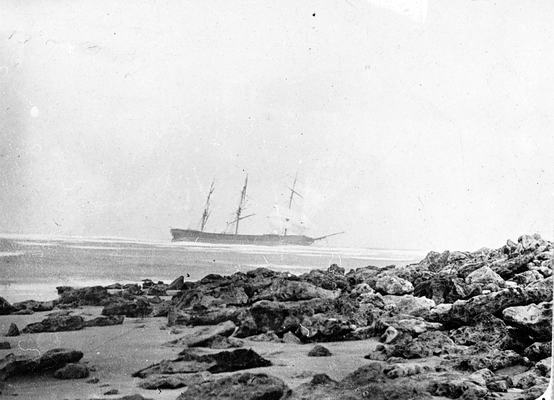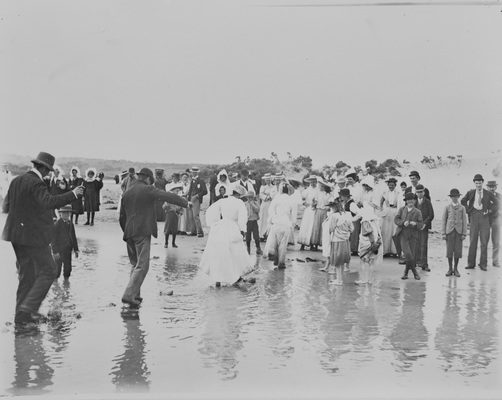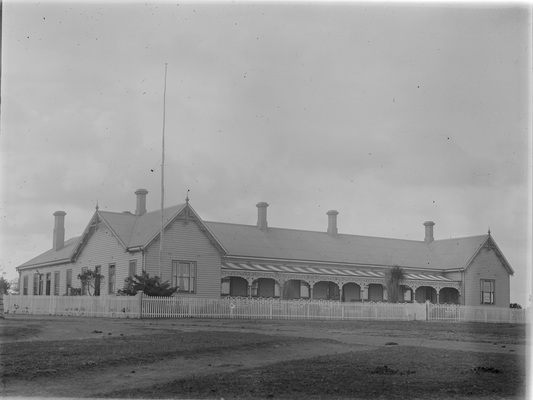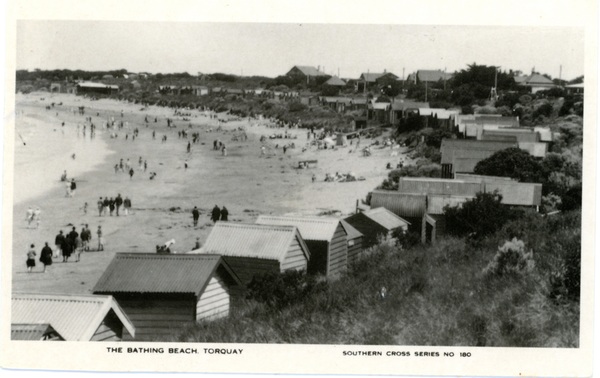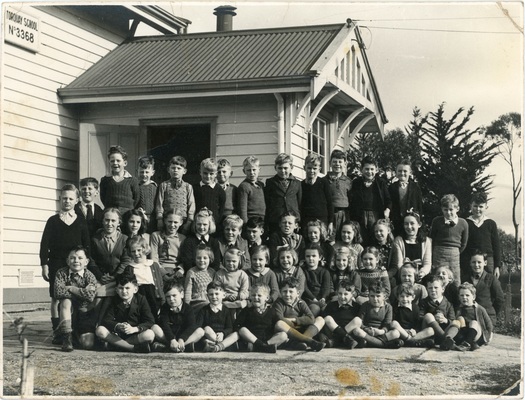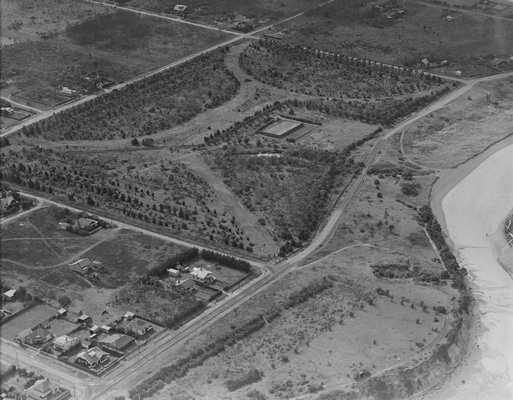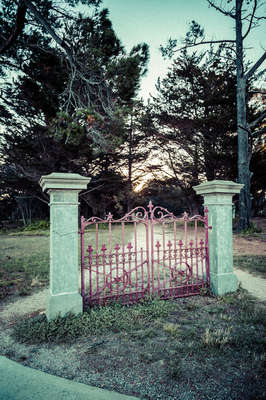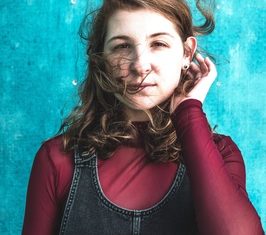By Chris Barr
Torquay is “battling to maintain its small town identity” amid new developments and a rapidly growing population, writes local historian Chris Barr.
With summer approaching and Torquay’s population set to triple as tourists flock to the beach, Chris steps back in time to tell her town’s story.
Torquay in 2017 is vastly different to the little fishing village that began life as Puebla in the 1840s.
For thousands of years the Barrabool, Barwon and Yaki Gurt tribes fished, hunted and built huts along the coastline near the Torquay, in was once Wathaurung land.
William Buckley was likely the first white man in the area when he travelled and lived with the Wathaurong people in the early 19th century.
Surveyors called the township Puebla when they first mapped it, but why remains a mystery.
A street in Torquay still bears the name, the same as that of a 500-year-old city in Mexico.
Henry Tait arrived with Torquay’s first settlers in 1841 and built Spring Creek Station.
Elias Harding followed and settled at Mount Pleasant Station, now the town’s golf course, and Robert Zeally joined them when he established the South Beach Run.
The area soon became a favourite for Geelong fishers, swimmers and picnickers, who set up camps in the summer months.
One of the weekend fishermen, Harry Rudd, pushed for the subdivision of the land closer to the creek, and Bannisters auction rooms held the first land sales in Geelong on 14 September, 1886.
Rudd got himself a block close to the creek and built a corrugated iron house, said to be the first permanent dwelling in Torquay.
The other early buyers included James Follett, Felix Rosser, William Bell, John Taylor and Colonel John Price – men who would shape the town’s history.
In 1888 Follett began construction on the Pioneer Coffee Palace, in Bell Street. The coffee house would become the Palace Hotel and later the present-day Torquay Hotel.
Rosser led a daring sea rescue which would become arguably the most notable event in Torquay history.
On a stormy night in May 1891, an American cargo ship, the Joseph. H. Scammell, ran aground on a reef at Point Danger, then known as Angel Point, 400 yards from shore.
Rosser led local fishermen to the ship to rescue the captain, his wife, the 21 crew and little daughter Hattie, along with her cat.
Rosser famously lit fires along the beachfront and around Fishermans Beach to guide the crew should the ship break up before the rescuers could reach them.
Daybreak saw most of the 80,000-pound cargo strewn along the beach and the beginning of one of the biggest looting events in Victorian history.
By midday 2000 people were pilfering cans of food, tobacco, kerosene, sugar, oil, medicines, tools and, of course, grog.
A few months later William Pride paid 40 pounds for the Scammell’s deckhouse, and a further 40 pounds for a local farmer to haul it up to his block of land.
The magnificent Scammell house is today the home of Pride’s grand-daughter, 102-year-old Margaret Ganly – both precious treasures to Torquay today.
Rapid land sales led to Col Price, a solicitor and former mayor of Geelong, to form the Spring Creek Improvement Association.
The association established reserves for camping and recreation, fought for better roads and even funded several improvements to the town themselves.
Visitors and locals alike can see their work as they walk through Taylor Park, a peaceful green wedge in the heart of Torquay.
The park features two gates, which Melbourne builder John Taylor took from a school building when he demolished it to build for the city’s college of surgeons.
Locals changed Spring Creek’s name to Torquay, after the seaside town in Devon, England, following the establishment of the post office.
In 1892 William Bell produced a plan for a public hall which the Torquay Improvement Association later built.
The hall became the focal point for the growing town and was home to school classes until 1910 when the town’s first school opened.
As early as 1904 Torquay’s football team played against teams from Jan Juc, Freshwater Creek and Grovedale, then known as Germantown.
By 1920 locals had built a golf course in front of the Palace Hotel.
The first president of the golf club, Alex Crowe, was also the publican of the hotel, which made a handy 19th hole.
In the 1920s the beaches were dotted with bathing boxes, not posh, painted ones like at Brighton beach, but in an eclectic mix of shapes.
Most boxes had a name that matched the name of the owner’s house.
The Gear family’s box at the bottom of Price Street was called the Kipsey after the name of their house, and Col Price’s box was called “Broomsgrove”, after his dwelling.
A bathing box cost 10 shillings, payable to the Foreshore Trust.
The Torquay Life Saving Club, the forerunner to today’s surf lifesaving club, began life in a modified bathing box on the front beach in 1922.
During World War II locals closed the beaches, fearing a Japanese invasion.
They erected wire and placed metal spikes in the sand at Surf Beach and the bathing boxes fell into disrepair. Locals removed them a few years later.
In March 1940 a bushfire, which started in Moriac, devastated Torquay after strong north winds fanned it toward the town. Two stores, 57 houses, a bakery and the Torquay Improvement Association Hall were burnt to the ground in the blaze.
A contingent of 5000 Victorian light horsemen, who were at a training camp on Blackgate Road, fought the fire and saved the Palace Hotel – quite a feat as most buildings around the pub perished.
Sadly, no light horsemen were around to save the pub when it burnt down in August, 1976.
In the post-war years the population of Torquay remained relatively stable, although like today there was a massive influx every summer.
It wasn’t until the 1960s that authorities established sewerage, a permanent police station and town water.
In 1969, Doug Warbrick and Brian Singer had a crack at making a living by sewing wetsuits and making surfboards at the old bakery in Boston Road.
The two young surfers’ company, Ripcurl, had become a market leader in Australia by 1973 and now sells products across the world.
Now Torquay, home to both Ripcurl and Quicksilver, is known as the surfing capital of Australia.
Our little village has grown and continues to develop at an amazing rate.
We are battling to keep our small town identity but reflecting on our history helps us remember who we are.
Our founders came to Torquay to enjoy our beautiful beaches, and brought with them a community spirit, which remains as strong today as it was 130 years ago.
To find out more visit Torquay Museum Without Walls.


